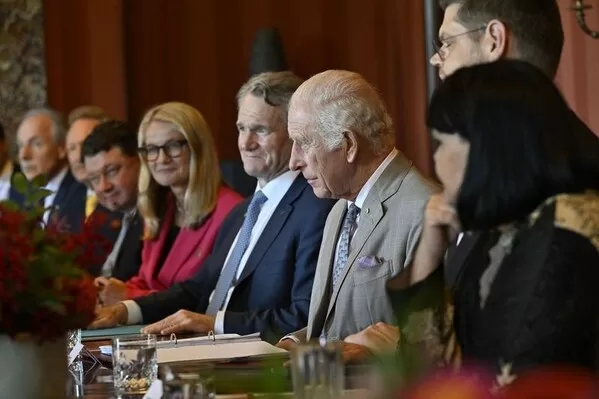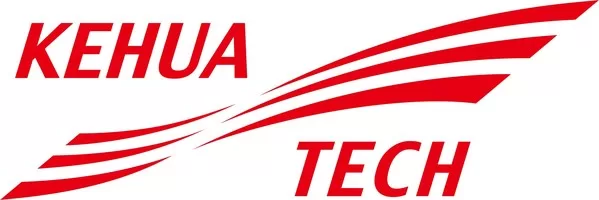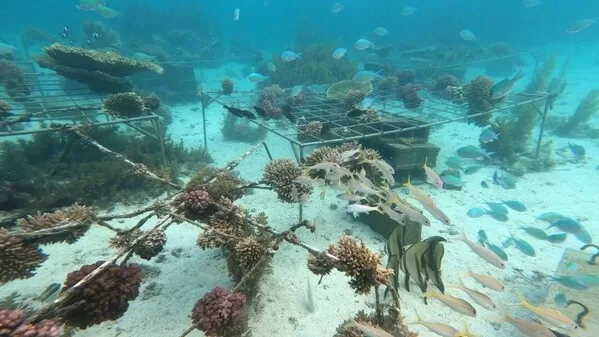In support of His Majesty King Charles III’s visits to Australia and Samoa, for the Commonwealth Heads of Government Meeting (CHOGM), SMI launches further support for Commonwealth Member States…
Hikvision achieves TÜV Rheinland Green Product Mark as first in LED display industry
HANGZHOU, China, Oct. 19, 2024 — Hangzhou Hikvision Digital Technology Co., Ltd. ("Hikvision") announced that 16 of its LED display products received the Green Product Mark certification from TÜV Rheinland—the…
Acer Commits to Collecting 50 Tons of Plastic Waste From the Environment Through Plastic Bank Partnership
Editor’s Summary: Acer partners with Plastic Bank for an Impact Program Partnership to collect 50 tons of ocean-bound plastic[1] in 2024 through…
EcoBalance, KazBeef, and rTek Launch Climate Smart Beef Pilot Program at COP28
DUBAI, UAE, Dec. 3, 2023 — EcoBalance Global, a US-based leader in carbon storage projects, Kazbeef, a subsidiary of Yerkin Tatishev’s Kusto Group, and rTek, a Rakurs Consulting Group…
Enabling Pathways to a Sustainable Future: KAPSARC’s Active Role at COP28
RIYADH, Saudi Arabia, Nov. 30, 2023 — As the world eagerly anticipates the 2023 United Nations Climate Change Conference of the Parties…
New Study by Scientists at La Brea Tar Pits Finds Extinction of Ice Age Mammals Linked to Climate Change, Humans, and Fire
LOS ANGELES, Aug. 18, 2023 — Large-scale wildfires in an ecosystem made fire-prone by climate change caused the disappearance of saber-toothed cats, dire wolves, and other large mammals in…
Kehua’s 700 units of UPS Witness the Successful Conclusion of FISU World University Games
XIAMEN, China, Aug. 16, 2023 — Under the great expectation, the 31st FISU World University Games Summer (Universiade) came to a successful…
Chinese scientists: Technology-driven and law-based system key to lake ecosystems, biodiversity protection
BEIJING, June 30, 2023 — A news report from China.org.cn on the role of technologies and laws on the lake ecosystems and biodiversity protection: "We should integrate our technological…
Huawei-IUCN Tech4Nature Initiative Announced New Phase of Coral Reef Protection Project
Digital Technology Helps Mauritius to Become a Global Pioneer in the Field of Coral Reef Conservation, Research, and Education FLACQ, Mauritius, June 24, 2023 — Huawei Mauritius, International Union…
CGTN: Why China is committed to green development
BEIJING, June 10, 2023 — Located in the northernmost part of Hebei Province, Saihanba is one of the largest man-made forests in the world.   Covering an…








